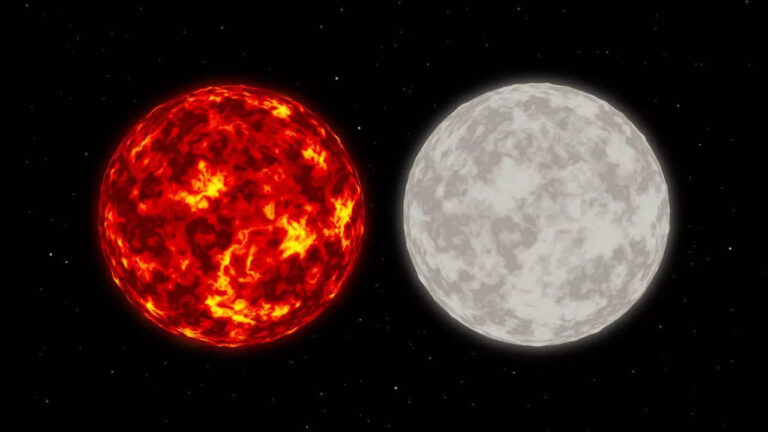The orbiter was part of a joint mission with China’s Chang’e 6 moon mission, and sent back its first images just days after liftoff. These images represent a step forward in international space cooperation. The CubeSat, designed by Islamabad’s Institute of Space Technology (IST) in collaboration with China’s Shanghai University (SJTU), is indicative of Pakistan’s growing expertise in the scientific community.
Representative image
Images received from lunar orbiters offer new perspectives on our celestial neighbor. The first image shows the sun shining brightly against the void of space, a powerful reminder that this star is the center of our solar system. The second image depicts a glowing half-moon, showing the sharp contrast between sunlit and dark shadowed areas of the moon’s surface. The third image captures both the moon and sun in her single frame, an unusual composition that emphasizes the beauty and scale of the space environment.
These images provide important insight into the characteristics of the Sun and Moon. The success of this mission also shows Pakistan’s readiness to participate in more complex space missions and contribute to the global understanding of space phenomena. The CubeSat’s navigation and subsequent data transmission is an important step in demonstrating the nation’s ability to effectively design, launch, and operate space technology.
The mission of the lunar orbiter goes beyond just taking images. It is equipped to collect data on the moon’s magnetic field, which can provide clues about the moon’s formation and geological history. This information will be essential for future lunar exploration missions and will help plan human activities on the lunar surface.
The excitement surrounding the release of these images is palpable in Pakistan as well, with social media buzzing with pride and enthusiasm. This mission boosted national morale, especially amid the economic and security challenges facing the country. This demonstrates the country’s commitment to improving its standing in the field of space exploration and its willingness to work with international partners to improve humanity’s understanding of space.

